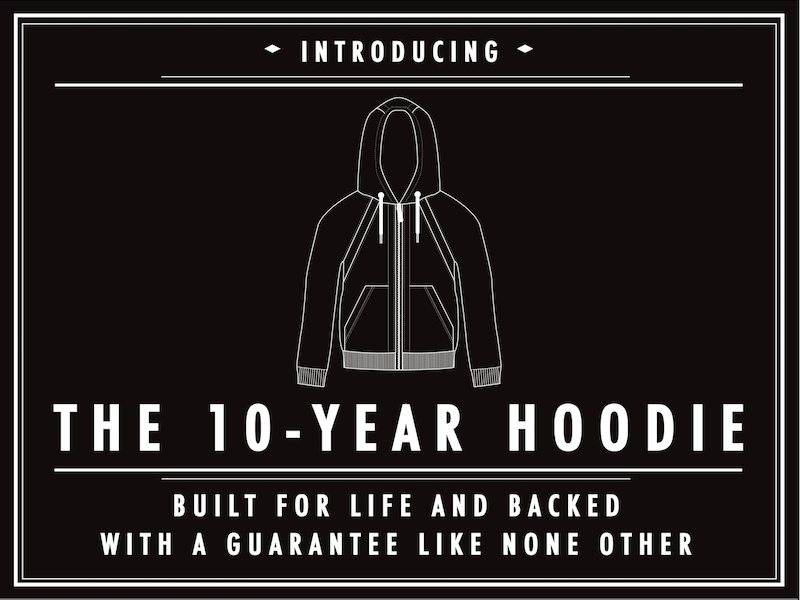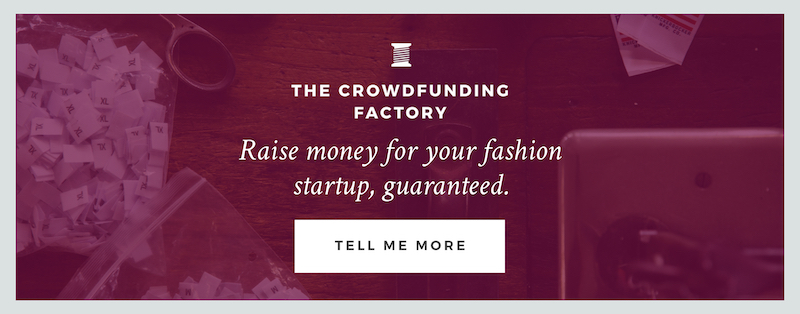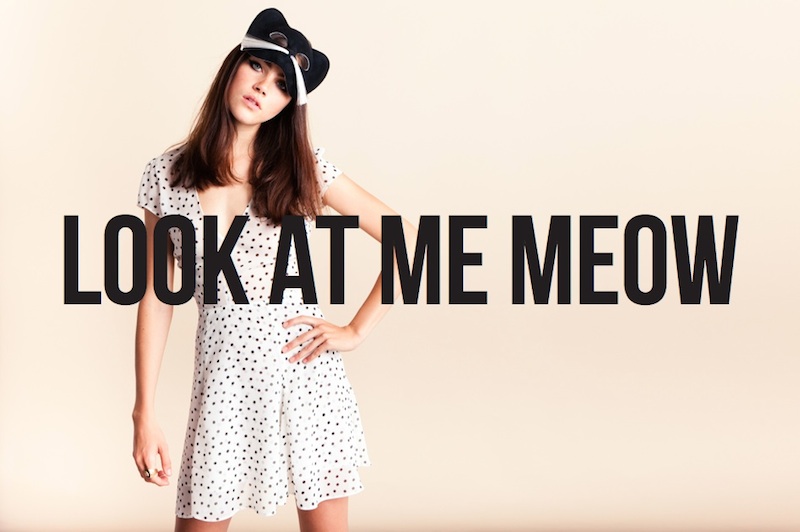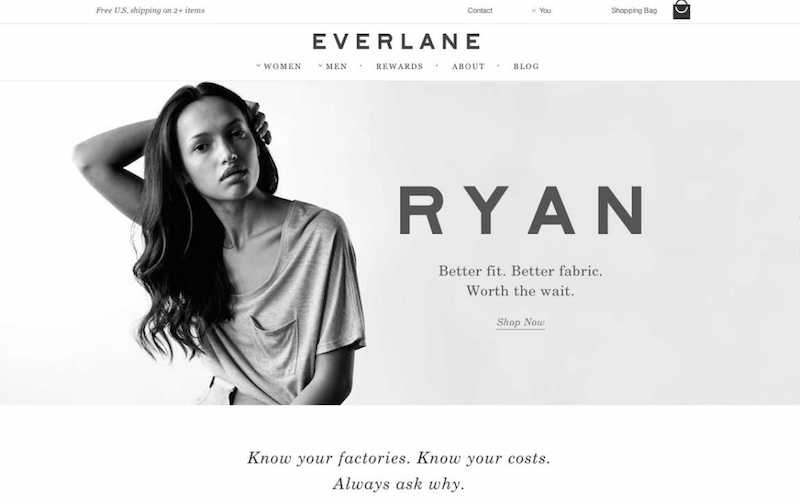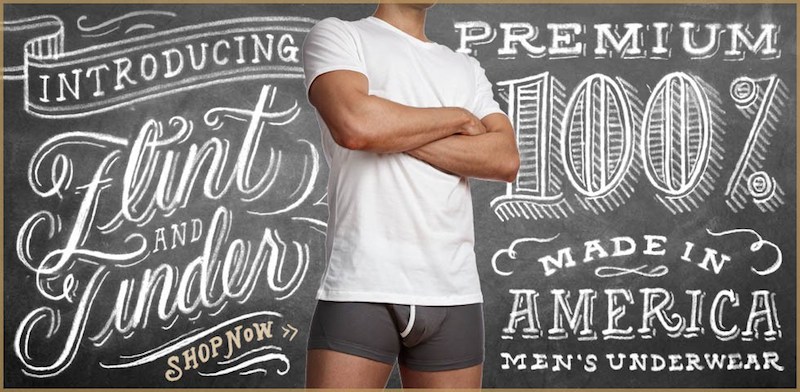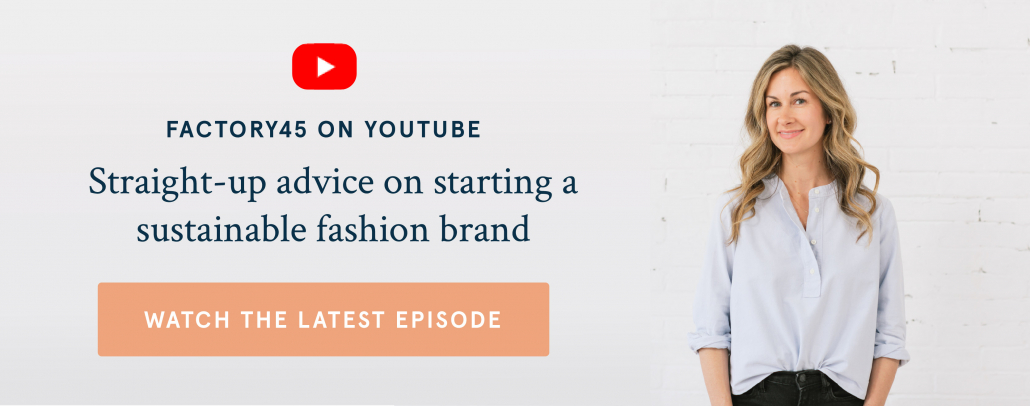When I was a sophomore in high school my best friend’s mom told me:
“Shannon, you’re not for everyone. People either love you or they don’t.”
In retrospect, maybe it wasn’t the best thing to say to an insecure 16 year old but in her defense, I was a pain in the ass.
When I was younger I was opinionated, bossy and vocal. There were multiple times when I was asked to leave my world history class for arguing a point too emphatically (Ms. Gillard, I owe you a drink).
Much of my formative years were spent relishing in my “individuality” and how people responded to it. I prided myself on being polarizing because no one had to guess where I stood.
Over the years I’ve chilled out and matured, but this idea of “not being for everyone” has stayed with me — and it’s taught me something about entrepreneurship.
The fastest way to sabotage your business is by trying to be everything to everyone.
Have you heard the expression: If you’re trying to appeal to everyone, then you’re actually appealing to no one?
This is one of the most valuable pieces of marketing advice you can remember.
I’m not suggesting that you start pissing people off, arguing with your customers and forcing your opinions on others. We’re not teenagers anymore.
What I am suggesting is that you get very clear on who your company is meant to serve, so that you don’t waste time trying to market to people who don’t fit that mold.
Not only will this cut down on the risk of competition (which I’ve written about before here and here), but it will ensure that the right people find you.
Market studies have proven that the better you are at establishing a niche, the faster your customers will come out to support you.
Here’s an example: Factory45 alumni VETTA is a five-piece capsule collection that can be mixed and matched to create a month’s worth of outfits.
Founder Cara Bartlett did an excellent job of designing, positioning and marketing her first collection to appeal to a particular niche of women.
While yes, it would be nice if every woman in the world pre-ordered from their Kickstarter campaign, VETTA doesn’t try to appeal to every woman in the world.
The VETTA customer is an aspiring minimalist, conscious consumer and wants to do more with less. The majority of women in the world don’t think about their fashion choices that way, but this positioning has ensured that the right people find out about VETTA and the right press writes about them.
If it was just another run-of-the-mill women’s clothing line on Kickstarter, then I guarantee they wouldn’t have seen the success they’ve had.
That’s all to say, VETTA reached its $30,000 goal in five days and was featured by Who What Wear and Darling Magazine. It then went on to raise a whopping $89,000 in pre-sales.
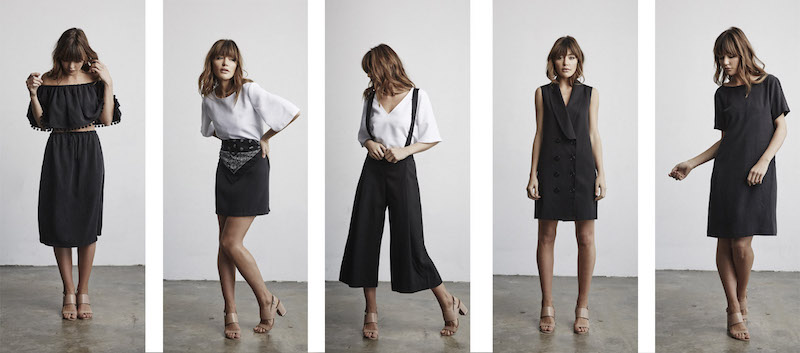
So, how do you make sure that you’re not for everyone?
First, you have to figure out who your customer is by digging deep — in Factory45, I ask my entrepreneurs to answer over 30 questions about their ideal customer.
Where does he/she live? What kind of books does she read? Where does she hang out online? Where does she shop? Is she religious? What political affiliation does she gravitate towards?
You can’t begin to effectively market to your customers until you know who she is, how she feels and what she believes. Everything you message and market is riding on the fact that you know your customer inside and out.
As another example, we can look at my own business. Factory45 is positioned, messaged and marketed in a way that appeals to a certain type of person:
- I don’t believe in making more clothing for the sake of making more clothing, so I market to entrepreneurs who want to solve problems for people.
- Environmental responsibility is important to me so I only accept entrepreneurs who care about sustainability, too.
Factory45 isn’t the only fashion accelerator out there, but it is the only one of its kind. My business model is unique, my philosophies are different, and what I teach can’t be found elsewhere in the fashion education landscape.
This helps to ensure that the right people apply to Factory45 and the wrong people join a different fashion accelerator.
It’s that simple. And it can be that simple for your business, too.
So, the next time you find yourself writing a product description or an “about” page or a sales page that is boring and generic, just think of teenage Shannon…
What would she do? ; )
Photo credit (second photo): VETTA





